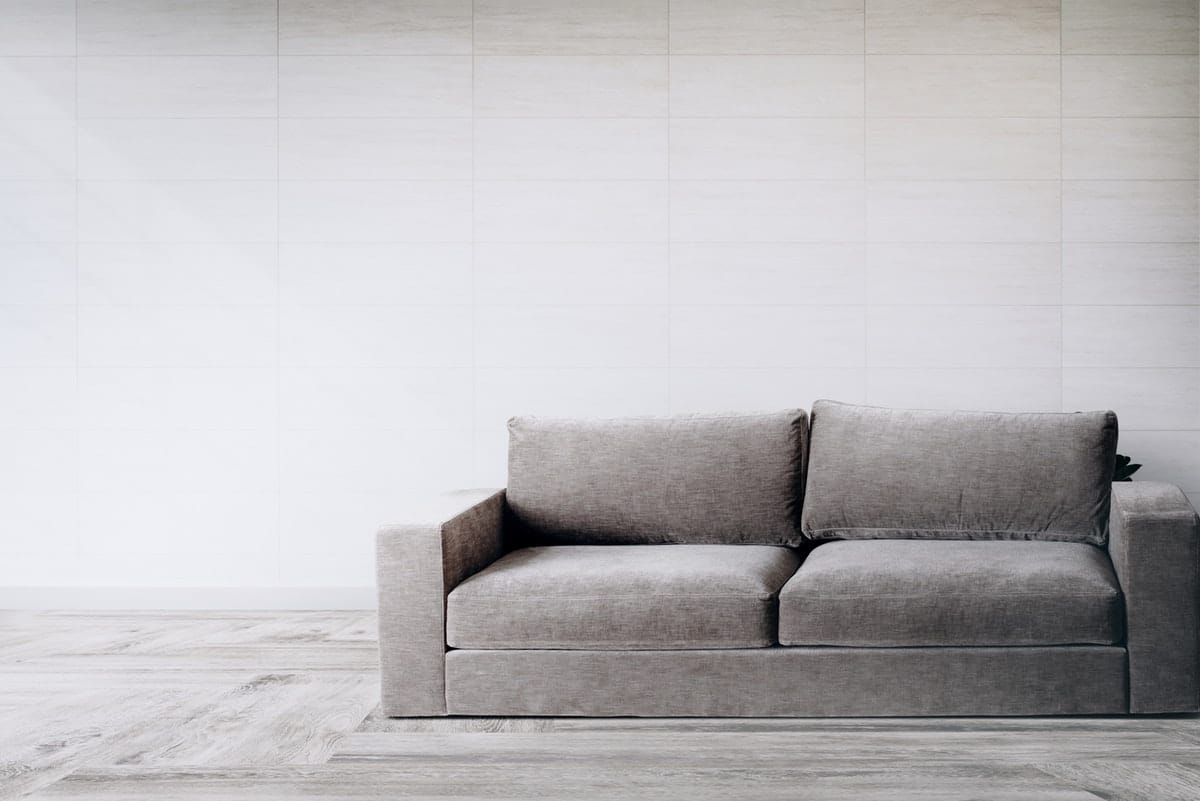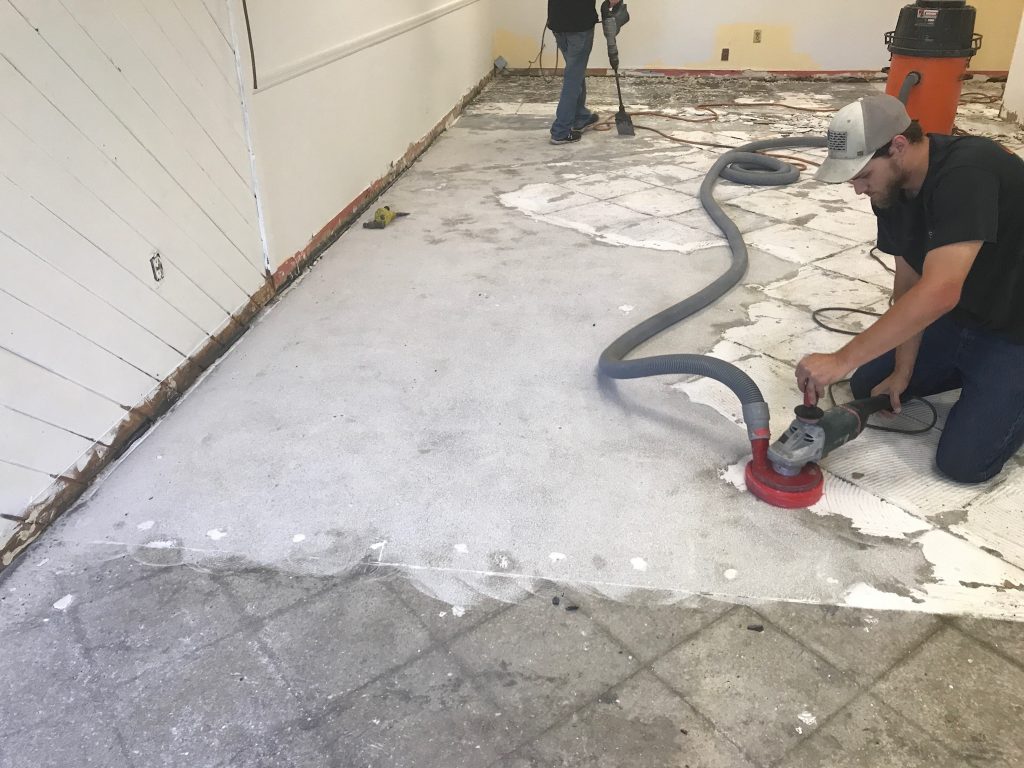When it comes to your floors, there is a lot more than meets the eye. In the same way, when it comes time to remove your flooring, you have to ensure that each layer is properly taken care of to ensure a smooth installation of your new floors.
Every Part of Your Floor Matters
Each of the layers in your flooring matters and has a significant purpose to the stability and function of your floor. If one layer is installed or removed incorrectly, it throws off the entire structure of your floor as well as the overall look. This can lead to more money spent to correct the oversight.
Components of Your Floor
When you look at your floors, you may only think of the one layer that you see. Like the ground you stand on, there are several layers underneath the top one that ensures the stability and function of your floor.
Joists
At the very bottom of the layers that make up your floors is what we call joists. Think of these as the bones of your flooring. They are used to frame the layer that will sit upon your home’s foundation. It’s crucial that joists are installed correctly because if not, it will result in a great deal of noise, squeaking, and shifting when you walk on your floors.
Subfloor
After the joists, you’ll find the subfloor. This is the solid base that your floor will stand on and will support the floor covering. The subfloor is most often constructed with concrete. It’s crucial that the subfloor has room to breathe, as in expanding and contracting over the years to make your floor function properly.
Underlayment
On top of the subfloor is the underlayment. The underlayment is installed for noise control because it softens any noise that will result from someone walking on the floor. Not only is it installed for noise cancellation, but underlayment gives the floor covering a smooth surface to sit on. Most often made of foam or cork, underlayment is required for “floating” floors such as laminate or engineered wood. These floors are not attached to the subfloor so they “float” on top.
Padding will be used in cases of carpet installation and can make or break the functionality of your carpeted areas. When you are choosing to install tile flooring, you’ll need a moisture resistant underlayment because water can find its way under tile in the cracks of the grout.
Floor Covering
The last part of your flooring is the top layer called the floor covering. Floor coverings come in a variety of materials and styles. They can be hardwood, tile, stone, carpet, vinyl, or laminate. This is what you think of when you think of floors.
Adhesive
Floor coverings are often secured to subfloor or underlayment depending on the material. With tile, thinset is used to adhere the tiles to the subfloor. Thinset will need to be expertly removed when looking to install new flooring where the tile was once installed.
Importance of Thorough Floor Removal
When you are removing old flooring to make way for new flooring, it’s essential that every part of the removal process is done expertly and thoroughly. The joists and subfloor will remain, but the layers on top of those will need to be removed to give your new flooring its best chance.
This goes beyond just removing the floor covering. The floor covering and underlayment will need to be removed, but also any adhesive present. If thinset or adhesive isn’t properly removed, it will create an uneven surface for your new flooring to sit on. Save yourself from stress and spending more than you have to by hiring qualified and professional floor removal experts to handle your floor removal project.
Floor Removal with Speedy Floor Removal in North and Central Florida
When it comes time to replace your floors, take the stress out of floor removal with Speedy Floor Removal. We do more than just remove the floor covering. We go deeper and thoroughly remove layers down to the subfloor so that your new floor installation goes smoothly. We happily serve parts of North and Central Florida with fast, easy, and expert floor removal services.


